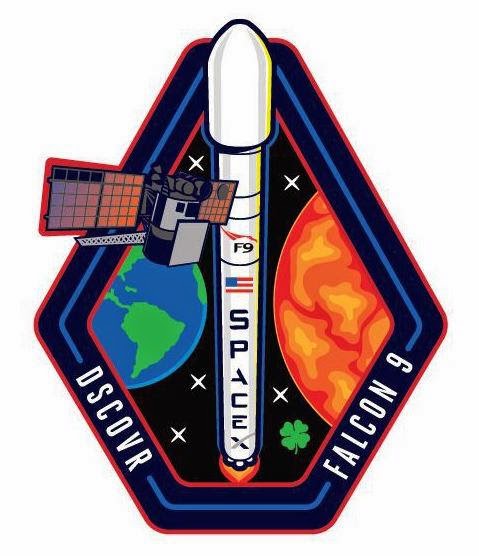Let's start with a pleasant surprise SpaceX had in store for those of us who couldn't be there in person during an across-the-board successful mission that saw a perfect launch, followed by a nail-biting, historic landing and the flawless delivery of 11 Orbcomm satellites into orbit: SpaceX's much-improved live webcast.
If you have not yet seen it, it's worth the 20 minutes to get a feel for the anticipation and festive atmosphere at SpaceX HQ as events unfolded last night at and above Cape Canaveral:
Video credit: SpaceX
During two previous Falcon 9 missions that included failed landing attempts on an ocean-based barge, there was no live coverage of the landing. Images and details didn't emerge until the next day.
Not so yesterday. While it didn't become obvious until after the webcast started, SpaceX planned to live stream the landing as well! The webcast also featured a time line at the bottom that let viewers know which maneuvers to expect next as Falcon 9 once again spread its wings, and then returned, scorched, steaming, still breathing fire, in one single, glorious piece! I didn't get any screenshots of the landing because I was cheering, jumping up and down, before I remembered "Wait! You're live tweeting this!"
Another unexpected treat was the live footage from orbit that showed the smooth deployment of Orbcomm's satellite payload as it happened.
Here are a couple of screen grabs from my tweet stream during the event. My full twitter coverage is at the end of this post.
Falcon 9 and its Orbcomm-2 payload at Liftoff
Image credit: Screenshot from SpaceX webcast
Image credit: Screenshot from SpaceX webcast
Boostback burn that reorients rocket and prepares it for landing
Image credit: Screenshot from SpaceX webcast
Last June, SpaceX had a setback as the company lost a rocket and a cargo capsule bound for the International Space Station in a launch accident caused by a faulty strut. Earlier in 2015, SpaceX also tried twice to land a Falcon 9 on water atop an autonomous drone barge. Both times the rocket reached the drone ship but tipped over at landing. Both rockets were destroyed.
On December 21, 2015, at 8:29 pm EST, SpaceX not only returned to flight and successfully deployed its payload of 11 satellites, the private space company headquartered in Los Angeles also made rocket science history by successfully landing a Falcon 9 on land. For the first time ever, a rocket used in an actual mission - not a test landing - returned to Earth and precision-landed in one piece: Standing tall, waiting to be re-used instead of wastefully and expensively burning up in the atmosphere.
What we saw today was not just SpaceX coming back from a launch failure. We witnessed a private space company setting new industry standards that others will be hard-pressed to match.
Long exposure shot of Falcon 9 launch and landing
within 10 minutes of each other at Cape Canaveral
Image credit: SpaceX
within 10 minutes of each other at Cape Canaveral
Image credit: SpaceX
In the words of Elon Musk on Twitter: "Welcome back, baby!"
Image credit: SpaceX
Scorched and displaying landing legs. Don't you just want to run up and hug her?
Image credit: SpaceX
A new era in rocketry: Long exposure of launch, re-entry, and landing burns
Image credit: SpaceX
Image credit: SpaceX





















